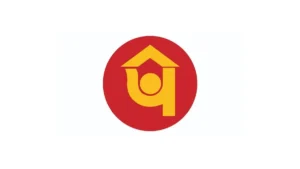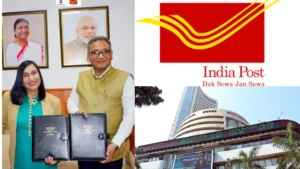The Rajya Sabha approved the Competition Amendment Bill, 2023, aimed at modernizing the two-decade-old anti-trust law to align with changes in the economy. The Competition Amendment Bill, 2023 aims to modify the Competition Act, 2002, which authorizes the Competition Commission of India (CCI) to prevent practices that adversely impact competition and consumer interests.
Buy Prime Test Series for all Banking, SSC, Insurance & other exams

More About The Competition Amendment Bill, 2023:
The Bill was introduced to Parliament in August 2022 and referred to the Standing Committee on Finance for review. The committee submitted its report in December 2022, and the Bill was re-introduced with a few amendments in February 2023. The Lok Sabha passed the Bill on March 29.
Key features to note about the Competition (Amendment) Bill, 2023
- The Competition Amendment Bill 2023 proposes several changes to the Competition Act of 2002, which regulates antitrust and competition laws in India.
- The proposed changes include reducing the time limit for assessment of combinations, broadening the scope of anti-competitive agreements, and changing penalties.
- Under the new bill, mergers and acquisitions exceeding Rs. 2,000 crores in value must be notified to the Competition Commission of India (CCI), provided that the party being acquired has substantial business operations in India.
- The bill also reduces the overall time limit for the assessment of combinations to 150 days from 210 days.
- Other changes include broadening the scope of anti-competitive agreements to cover hub-and-spoke cartels, sellers, and sales of goods and services, and modifying the factors used by CCI to determine whether an agreement has an appreciable adverse effect on competition.
- Additionally, penalties will be based on income or global turnover, and the liability for contraventions will apply to both the company and the people in charge.
- The bill also introduces a new settlements framework, which allows entities to propose settlements for alleged contraventions.
You may also read this:
- New species of Moray eel discovered off Cuddalore coast named after Tamil Nadu
- NGT slaps ₹10 crore penalty on Kerala government for failure to protect Ramsar sites




 PNB Housing Finance Appoints Ajai Kumar ...
PNB Housing Finance Appoints Ajai Kumar ...
 Department of Posts and BSE Sign MoU to ...
Department of Posts and BSE Sign MoU to ...
 Retail Inflation Rises Slightly to 0.71%...
Retail Inflation Rises Slightly to 0.71%...







